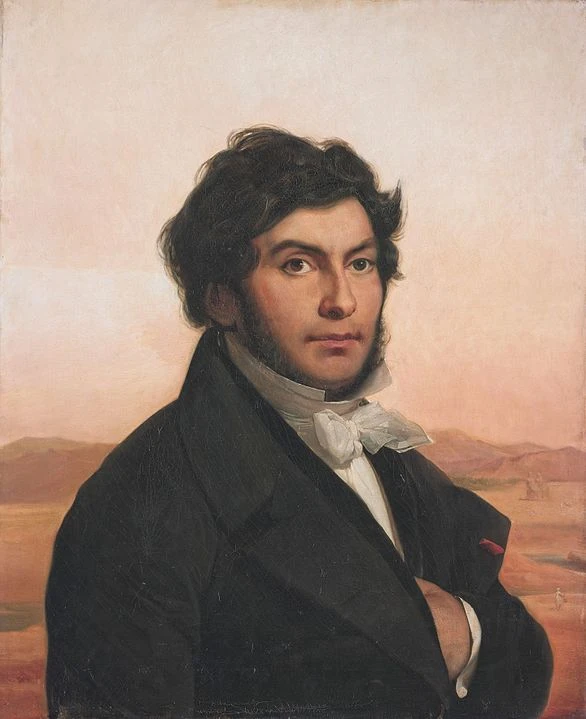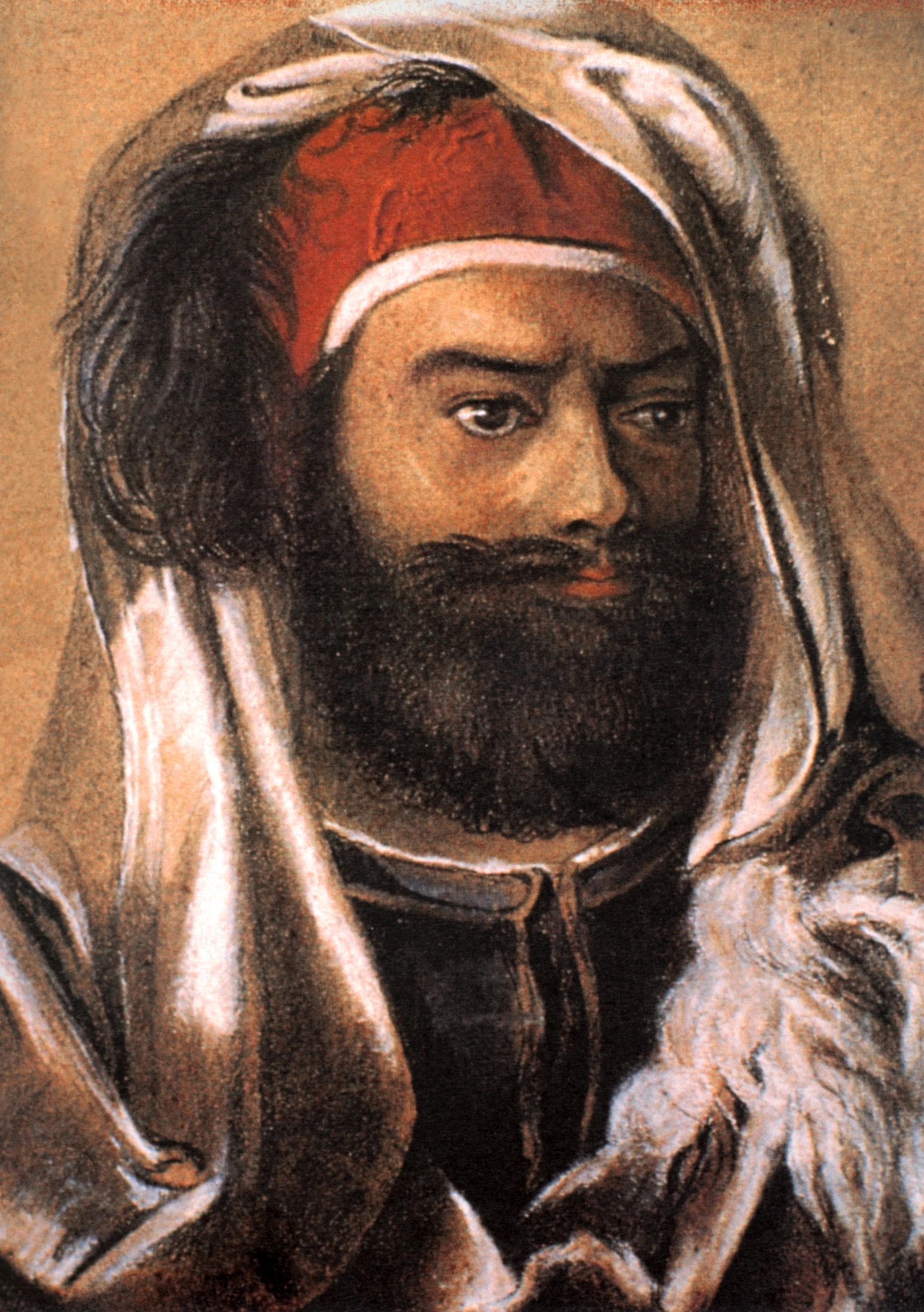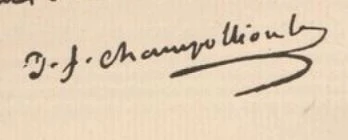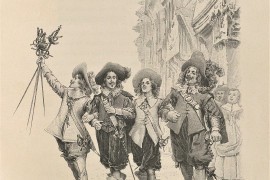A prodigious childhood in Figeac and Grenoble
Champollion was born in Figeac, Lot, on December 23, 1790, but grew up mainly in Grenoble, where his family settled. Very early on, his older brother, Jacques-Joseph, noticed his exceptional intelligence. By the age of 5, the child was already reading fluently. By the age of 10, he was interested in ancient writings, learning Latin, Greek, Hebrew, Arabic and Syriac before he was even an adult. Above all, he developed a passion for copt, a language derived directly from ancient Egyptian. This detail would prove crucial: it was thanks to this knowledge that he would later be able to link the sounds and signs of hieroglyphics.
The influence of the Revolution and Bonaparte
The young Champollion grew up in a troubled context: the French Revolution turned society upside down. But another event changed the course of his life: Bonaparte's expedition to Egypt (1798-1801). The scholars accompanying him brought back archaeological treasures to France, including the famous Rosetta Stone, discovered in 1799. This stele fragment, engraved in three scripts (hieroglyphics, demotic, Greek), would become the key to deciphering.
Studies and an early vocation
At the age of 16, Champollion was admitted to the École spéciale des langues orientales in Paris, directed by the great orientalist Silvestre de Sacy. His 1807 dissertation on Egypt already impressed specialists. At 19, he became a history teacher in Grenoble, but spent all his spare time comparing inscriptions. His obsession? To understand the mysterious writing on Egyptian monuments.
The rivalry with Thomas Young
Before Champollion, the English scholar Thomas Young had already taken a step forward by studying the Rosetta Stone. He had noticed correspondences between certain signs and Greek. But it was Champollion who went further: thanks to his knowledge of Coptic, he understood that hieroglyphs were not only symbols, but also sounds. In 1822, after years of hard work, he made his momentous discovery: hieroglyphs are a mixed system, both ideographic and phonetic.
"I've got the case!"
On September 14, 1822, Champollion rushed to his brother's house, threw his notes on the table and exclaimed: "I've got the case!". He had just cracked the mystery. A few days later, he presents his "Lettre à M. Dacier" to the Académie des Inscriptions et Belles-Lettres. This is the official birth certificate of hieroglyphic deciphering.
Scientific consecration
In 1824, he published his major work, the Précis du système hiéroglyphique des anciens Égyptiens. Learned Europe hailed this major advance. Henceforth, texts engraved on temples, tombs and papyrus could be read. Ancient Egypt speaks again.
The long-awaited trip to Egypt
Champollion in Egyptian costume during his stay in Egypt by Giuseppe Angelelli. 1828.
In 1828, Champollion realized his dream of going to Egypt. He visited Louxor, Karnak, Thebes, Abu Simbel, copied hundreds of inscriptions and drew up precise surveys. His amazement is immense: after deciphering on paper, he finally touches the reality of the monuments with his fingertips. But the journey left him physically exhausted. Already frail, he returned to France weakened.
A premature death
In 1832, aged just 41, Champollion died in Paris. His sudden death shocked the scientific community. But his legacy is immense: he paved the way for an entire discipline, eyptology, which did not exist before him.
La signature de Champollion: By Etienne Charavay (1846-1899) - Lettres autographes composent la collection de M. Alfred Bovet, décrits par Étienne Charavay (1846-1899). Printed under the direction of Fernand Calmettes Author: Charavay, Étienne 1887 public domain Identifier: ark:/12148/bpt6k6325943w S Bibliothèque de l'INHA / coll. J. Doucet, 2012-104400, Domaine public, https://commons.wikimedia.org/w/index.php?curid=76672460
Champollion's legacy today
Today, Champollion is celebrated everywhere. In Figeac, his birthplace has become the musée Champollion - Les Écritures du Monde. In Grenoble, a statue pays tribute to him. His name remains inseparable from ancient Egypt.
Without him, we wouldn't know the hymns engraved in the temples, the biographies of the pharaohs, or the tales of the scribes. He gave voice to 3,000 years of history.
FAQ
Who was Champollion in the history of Egyptology?
Jean-François Champollion was a French scholar of the XIXᵉ century, known for deciphering hieroglyphics and founding modern Egyptology.
When did Champollion unlock the secret of hieroglyphics?
In 1822, thanks to the Rosetta Stone and his knowledge of Coptic, he officially announced that he had found the key to the hieroglyphic system.
What role did the Rosetta Stone play for Champollion?
It was essential: by presenting the same text in hieroglyphs, demotic and Greek, it enabled decisive correspondences to be established.
When and where did Champollion die?
Champollion died in Paris in 1832, aged 41, exhausted by his research and his trip to Egypt.
What is Champollion's legacy today?
He is recognized as the father of Egyptology. Even today, his discoveries help us to read and understand the history of ancient Egypt.





